Liturgy of the Word
NLC ARTICLES
.jpg)
This article is an overview of how the Liturgy of the Word unfolds and shapes the faith of the assembly through hearing and response.
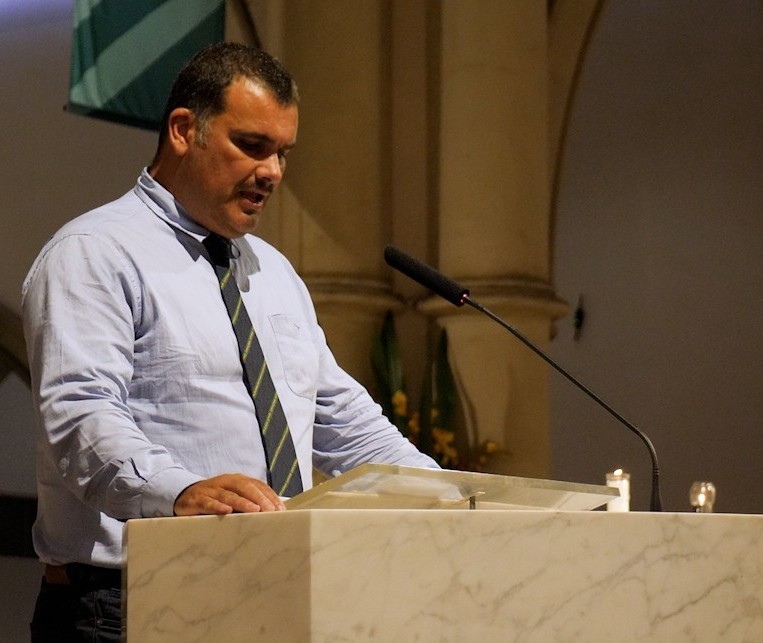
This article reflects on the role and dignity of lay ministers who proclaim the Scriptures at Mass, highlighting their responsibility in serving the Word of God with reverence and clarity.
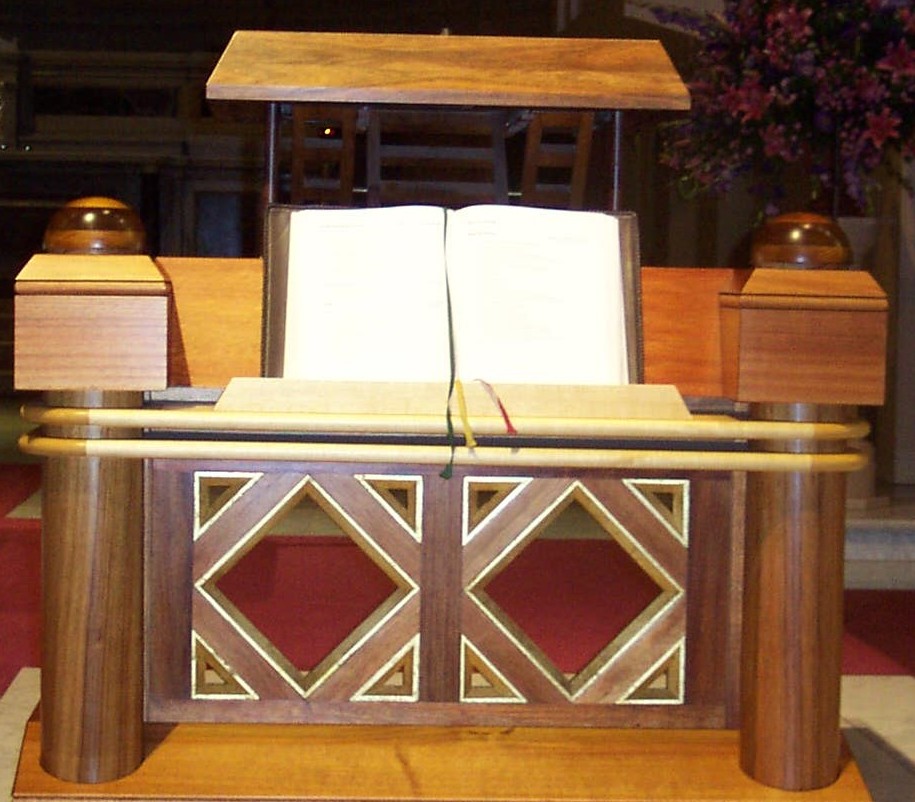
This article explores the Liturgy of the Word as a sacred meal, emphasising how Scripture is proclaimed and received as nourishment for the faith of the community.
official documents
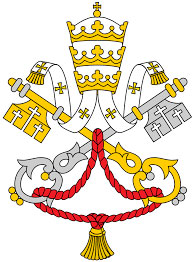
Holy See
This authoritative introduction to the proclamation of Scripture in the liturgy puts forward the Church’s understanding of Scripture and provides principles for its liturgical use grounded in the principles of the Vatican II liturgical reform.
DIOCESAN RESOURCES

Brisbane
This video explores the significance of the Scripture readings in the Mass, highlighting how they serve as a dialogue between God and His people, nourishing the assembly with the Word of God.
This video discusses the role of the homily in the Mass, emphasizing its purpose to break open the Scriptures and relate them to the lives of the faithful, fostering a deeper understanding and living of the Gospel.
This video examines the recitation of the Creed during the Mass, explaining how it serves as a communal profession of faith, uniting the assembly in the core beliefs of the Church.
This video highlights the Prayers of the Faithful, illustrating how the assembly responds to the Word of God by interceding for the needs of the Church and the world, embodying their role as a priestly people.
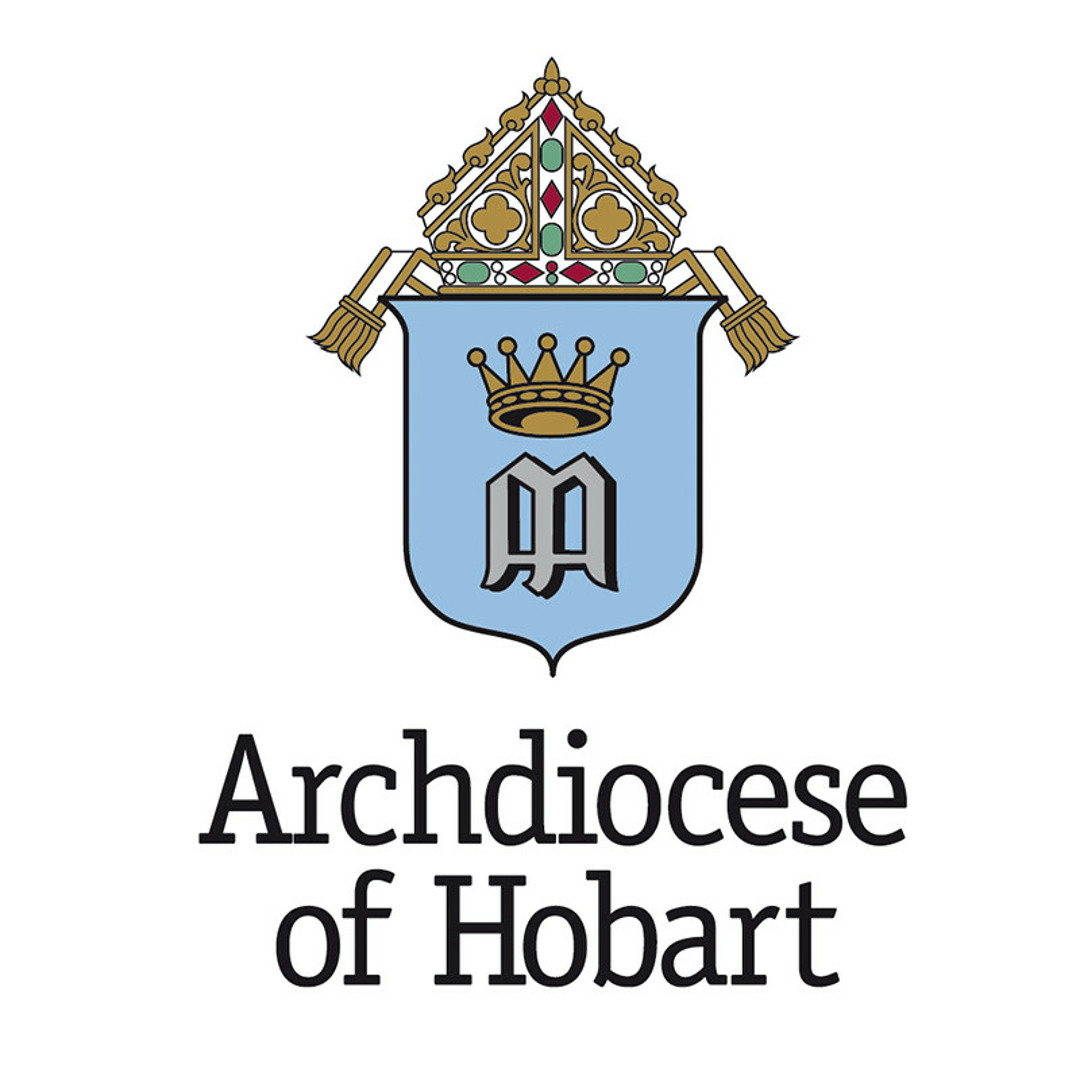
Hobart
This downloadable resource, particularly for musicians, relates to the Introductory Rites and the Liturgy of the Word as described in the General Introduction of the Roman Missal. It aims to help parish musicians understand the principles and practices related to these parts of the Mass.
This downloadable resource provides guidelines for preparing the Prayer of the Faithful in the Archdiocese of Perth. It outlines the structure and meaning of the prayer and includes some excerpts from the General Instruction of the Roman Missal and sample formularies.
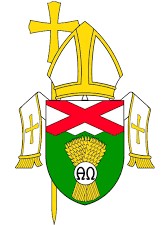
Toowoomba
This downloadable resource provides guidelines for preparing the Prayer of the Faithful in the Diocese of Toowoomba. It outlines the structure of the prayer and offers 5 guiding principles for writing. 2 pages
OTHER RESOURCES
Journal Articles
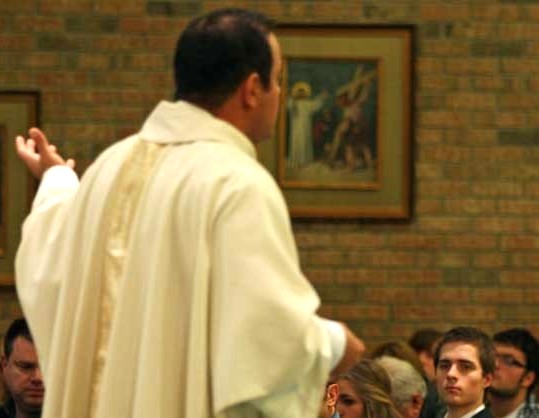
Preaching in the name of the Church implies that the faith, hope and love of the gospel mirrors their own. Liturgical preaching is faith put into words and the task of these words is to open the space in every human heart and mind which has received, and yet still eagerly awaits, the Word of God.
.jpg)
The common action of word, song and gesture in the liturgy has a powerful impact in the formation of a social identity and the establishment of an ecclesial community within which worshippers receive meaning in the scriptural proclamation. This stands in stark contrast to the modern concept of reading, where a reader sits alone and silent before a written text, engaged in a private and disembodied activity.
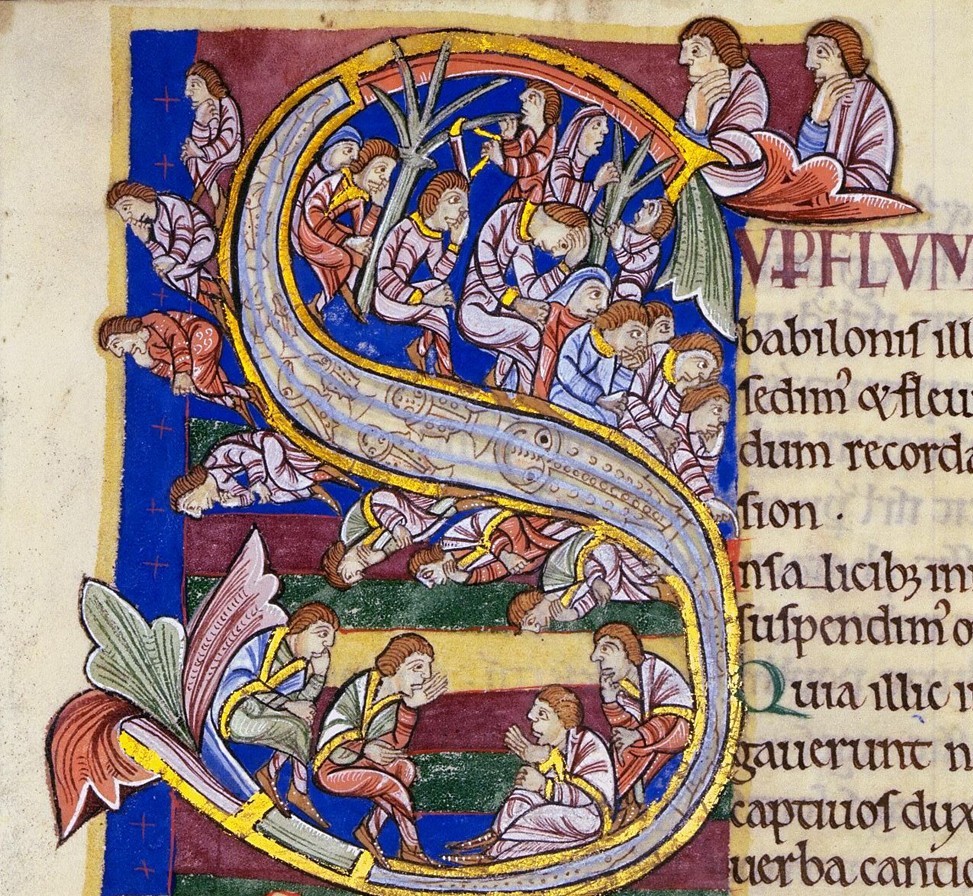
The psalms were composed for a wide variety of personal and communal situations, both liturgical and non-liturgical, and historically not only provided a context within which Israelites could pray, confident that God would hear them, but they also encouraged them to compose their own prayers, using the psalms as models. When we pray the psalms, we are one with all our Jewish and Christian brothers and sisters across the centuries.
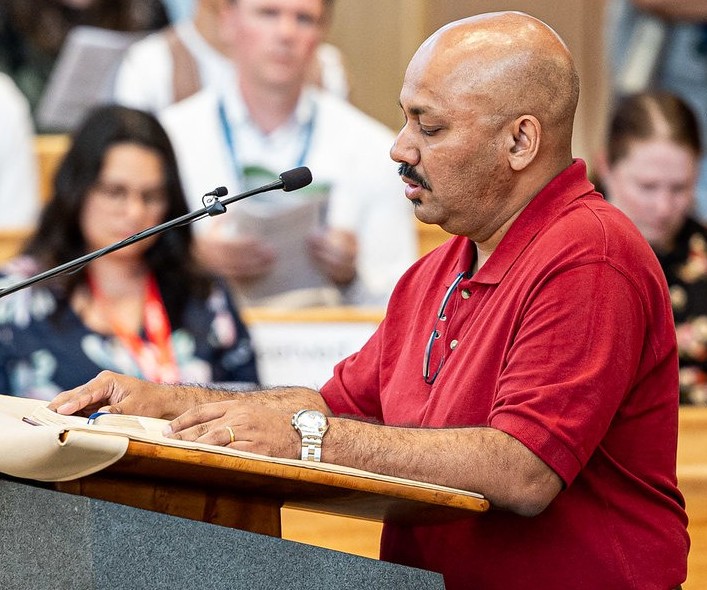
Following the Liturgy of the Word, the congregation prays for the needs of the world as well as their own intentions, generally divided into four categories: the needs of the Church, public authorities and the salvation of the world, those oppressed by any burden or difficulties, and local community needs.

Those responsible for preparing the petitions for the parish's Prayer of the Faithful at Mass have an important role, as the intentions need to encompass both the day-to-day lives of people in the community and also what is happening in the world.
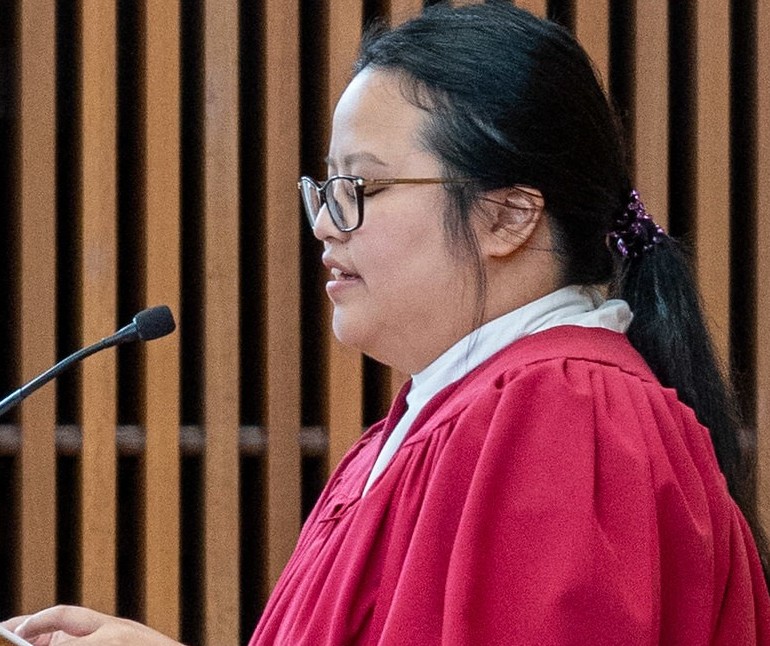
Psalms are poems of praise, thanksgiving and lament that cry out to be sung. They have the power to raise our hearts and minds to God, evoke holy thoughts, help us give thanks in time of favour, and bring consolation and constancy in adversity.
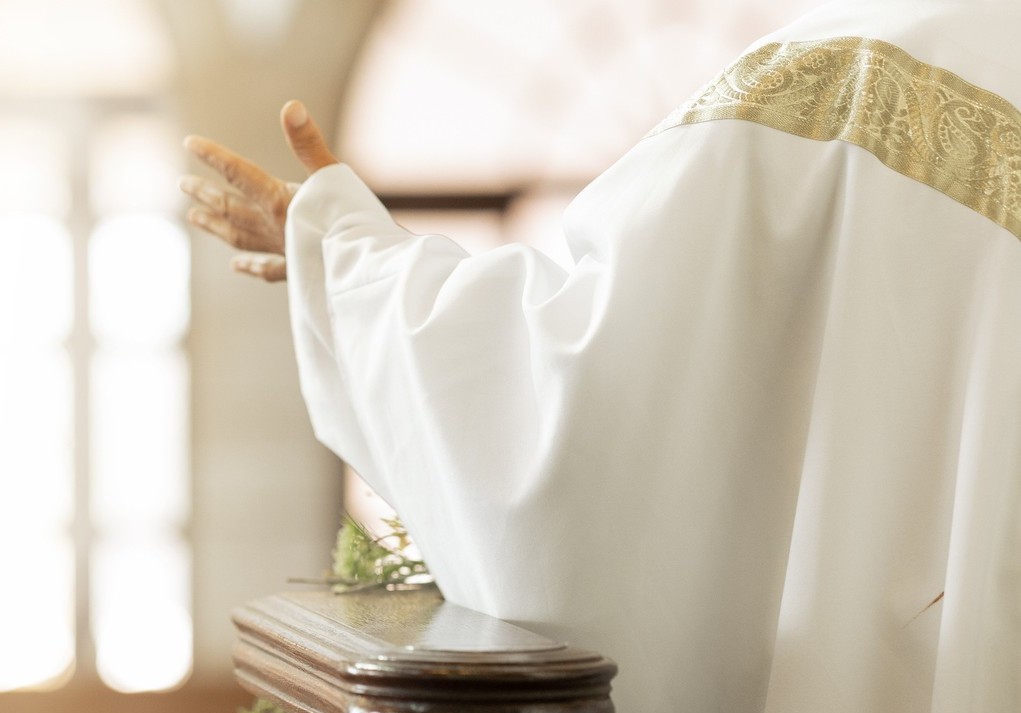
The human voice is the primary instrument of the word, through which God’s word is proclaimed in the liturgy by a person of faith for a community of faith. The mechanisation of the word, or its electrification through microphones, amplifiers and speakers, should support the human act but not overwhelm it.
Bulletin Articles
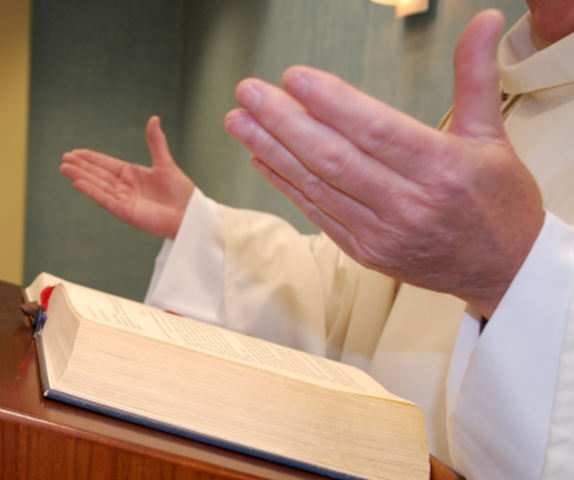
An overview of how the Liturgy of the Word unfolds and shapes the faith of the assembly through hearing and response.
.jpg)
This article explores how these two elements of the Liturgy of the Word reflect God's covenant and invite prayerful response.
.jpg)
A look at how these readings deepen the liturgical message and lead the assembly into the proclamation of the Gospel.
.jpg)
This article outlines the culmination of the Liturgy of the Word, inviting reflection, profession of faith, and prayer for the world.

